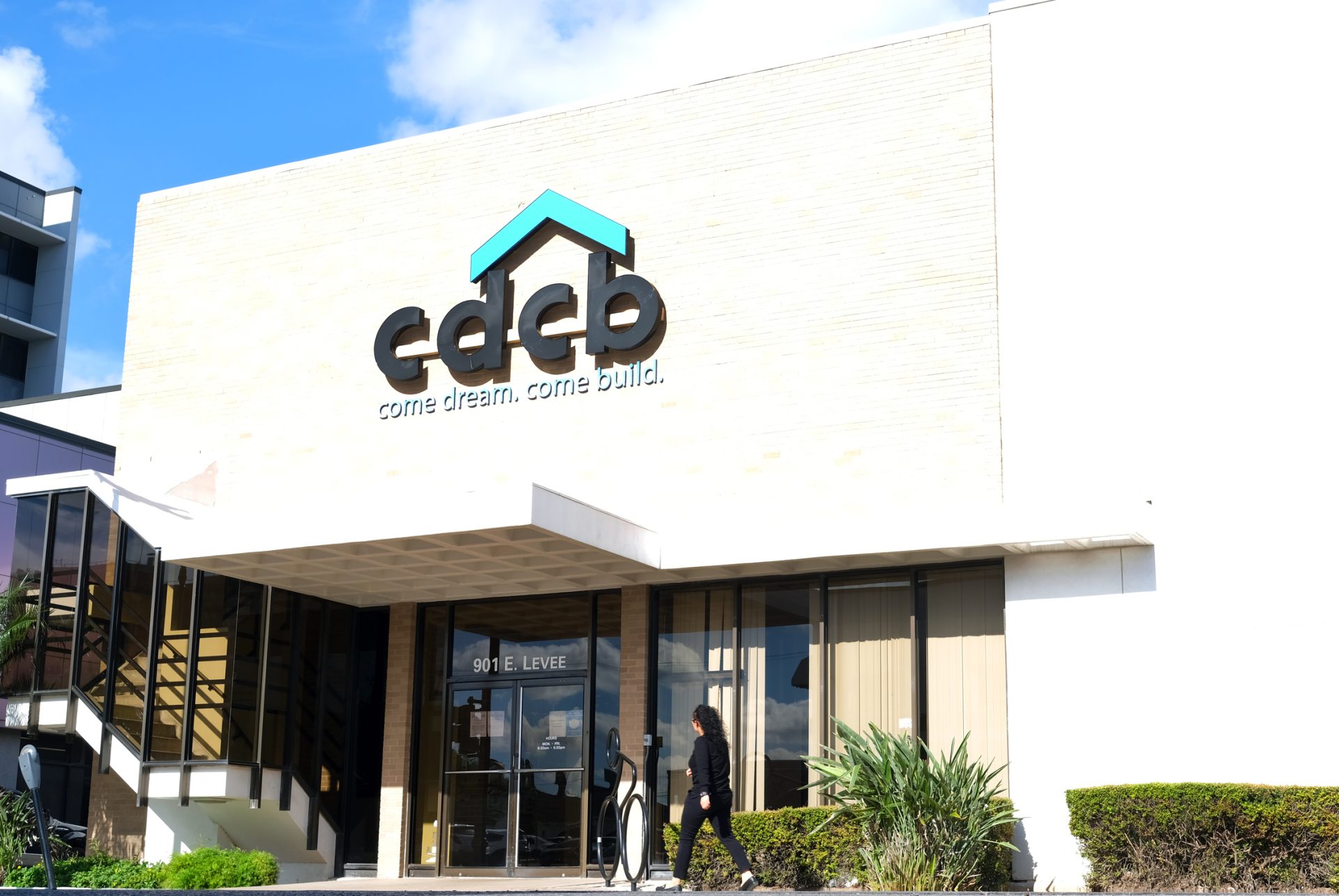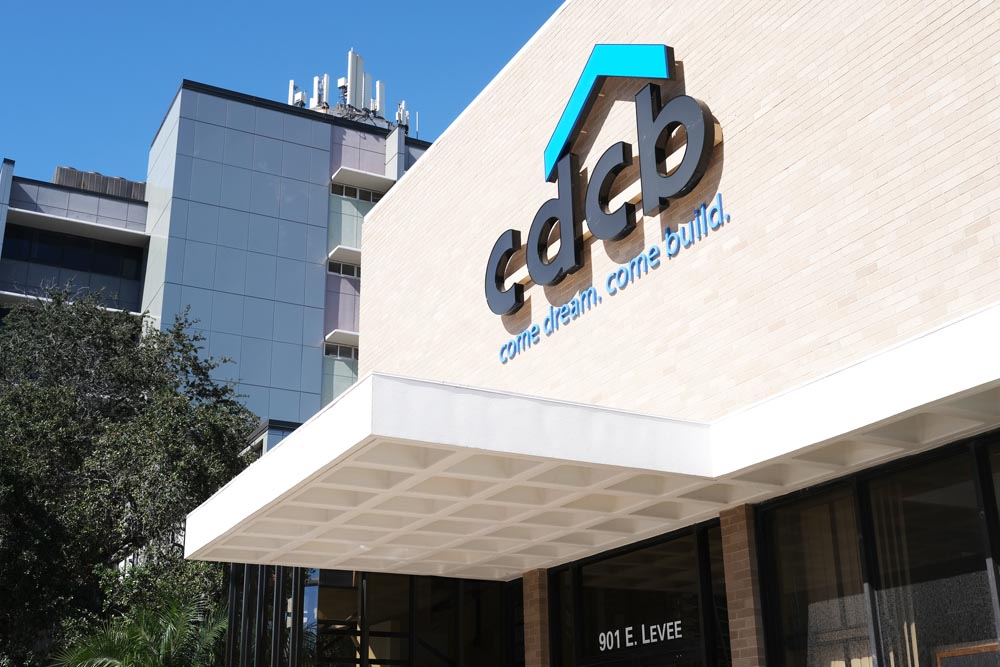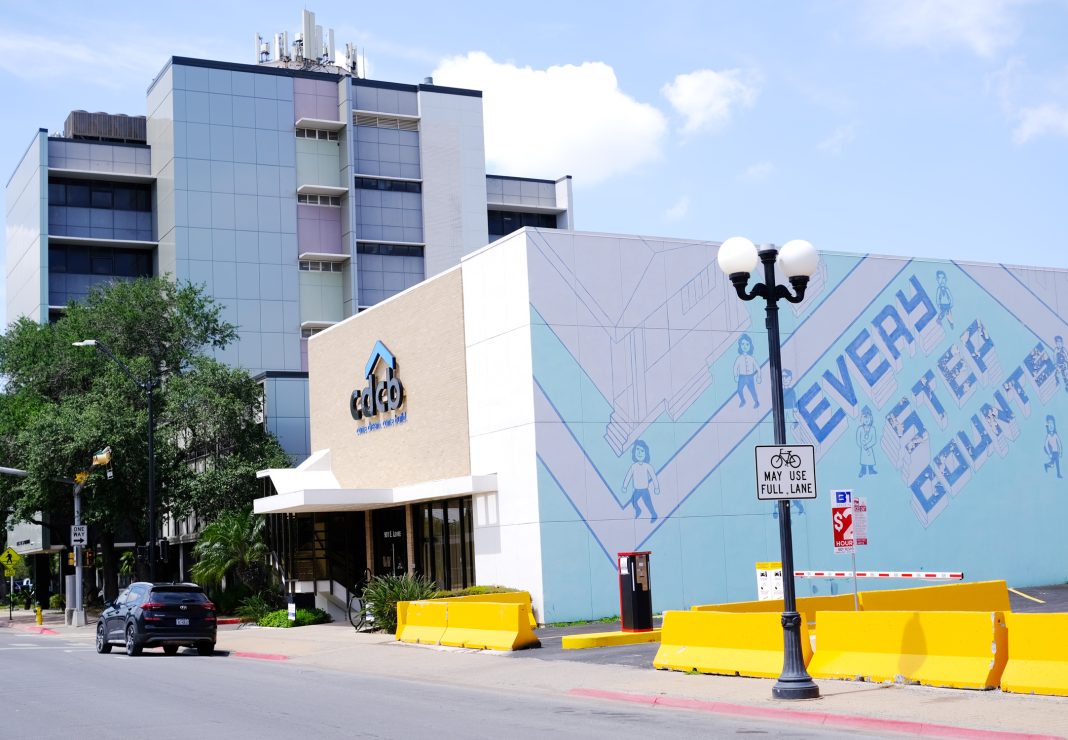|
Only have a minute? Listen instead
Getting your Trinity Audio player ready...
|
The majority of Cameron County’s lowest income homeowners are paying more than their share of property taxes because they’re not claiming the Texas Homestead Tax Exemption they’re entitled to.
That’s according to research by Come Dream Come Build, formerly the Community Development Corporation, which plans to start hosting weekly clinics this fall to help homeowners apply for the exemption.
This year, the Texas Legislature increased the tax exemption from $40,000 to $100,000, lawmakers’ partial response to a statewide increase in property taxes being driven by rising property values.
CDCB said it aims to reach as many homeowners as possible through the clinics to help ease the financial burden caused by Brownsville’s rising cost of living, fueled in part by higher property taxes.
The first clinic will be held Sept. 2, said CDCB policy director Daniel Elkin.
“Every Saturday and Wednesday we’re going to hold a clinic here at CDCB where people can come in and bring their form,” he said. “We’ll kind of guide them through how to fill it out, make sure they have the right documentation, and send them on their way so they can get that in the mail or deliver it.”
The application forms the county sends out to new homeowners can be confusing and intimidating, Elkin noted.
“I have a Ph.D., and it took me a solid 15 or 20 minutes to figure out even just one section of that form,” he said.
In a policy paper exploring the issue, Elkin wrote that lower income homeowners not receiving homestead exemptions creates a “wealth transfer effect in which community infrastructure for the whole is subsidized by the few.”
The homestead exemption allows homeowners to exempt a portion of the appraised value of their primary residence from taxation, so their tax burden is lower. The new, higher exemption rate could mean as much as $1,500 in savings per year for lower income families depending on where they live, Elkin said.
“But just as many homeowners missed out on these saving under the last rate, many will continue to miss out even more under the new rate unless something is done to reverse this trend,” he said. “You were losing out on a little money before, and you’ll be losing out on a lot of money now.”

Elkin blamed “systemic barriers” for keeping the exemption out of reach for homeowners who need it most.
According to CDCB’s analysis of property owner data, as many as 41 percent of Cameron County homeowners fail to claim the exemption each year, and as a result those homeowners bear a higher percentage of the community’s tax burden per capita, he said.
“Forty-one percent of homeowners overall in Cameron County … is a pretty staggering number, but then over two-third of those are in the low-income parts of town,” Elkin said.
CDCB estimates that nearly 13,743 eligible families in Brownsville alone don’t claim the homestead exemption they’re eligible for, he said.
Southmost, one of the city’s oldest and poorest neighborhoods but with a substantial rate of home ownership, has the highest concentration of unclaimed exemptions, he said.
Homeowners who live farther north along I-69E are more likely to claim the exemption, with the exception of some in poorer areas with high rates of single-family home ownership, especially east of the interstate along major thoroughfares like Boca Chica and Ruben Torres boulevards, Elkin said.
Southmost, with an abundance of overcrowded, multi-generational households, has an Area Median Income (AMI) of $15,000, compared to $62,000 for the Brownsville-Harlingen Metropolitan Statistical Area, while The Woods subdivision in north Brownsville has an AMI of $105,910 and a much lower incidence of unclaimed exemptions among its residents, he said.
“Many families are simply unaware of the homestead exemption,” Elkin wrote. “Among professional and managerial class occupations, bureaucratic mechanisms such as the homestead exemption are relatively commonplace conversation topics in a way they aren’t for those working in different fields. It is critical that more outreach efforts are aimed at low-income families to ensure that equal access to resources is established.”

CDCB became interested in the issue as debate heated up during the Legislature over what to do about skyrocketing property taxes, he said.
“They were struggling so hard to find a solution, and the homestead exemption was part of it, and we were thinking, yeah, but how many people haven’t even been claiming the old rate? So we started looking into it,” Elkin said.
“If you actually dig back into the history of the homestead exemption, it really is … for your hardscrabble, poor homeowner that was just making it on the frontier, to be able to have this place, that no matter what financial situation or decisions that were being made, their home was safe,” he said. “We still feel that way. Regardless of what’s going on, let’s make sure people are using this mechanism to not have to pay the taxes if they don’t have to.”
Elkin said he’s already heard from a couple of Brownsville city commissioners who want the CDCB to bring the clinics to their districts.
“I think there’s a lot of momentum around it,” he said.




